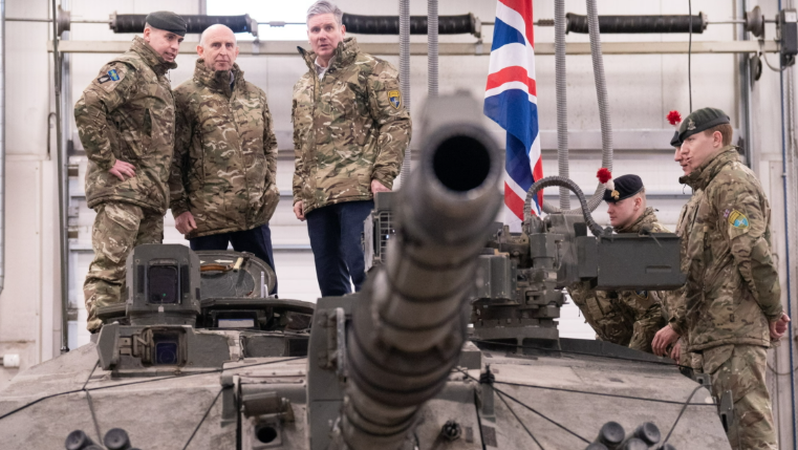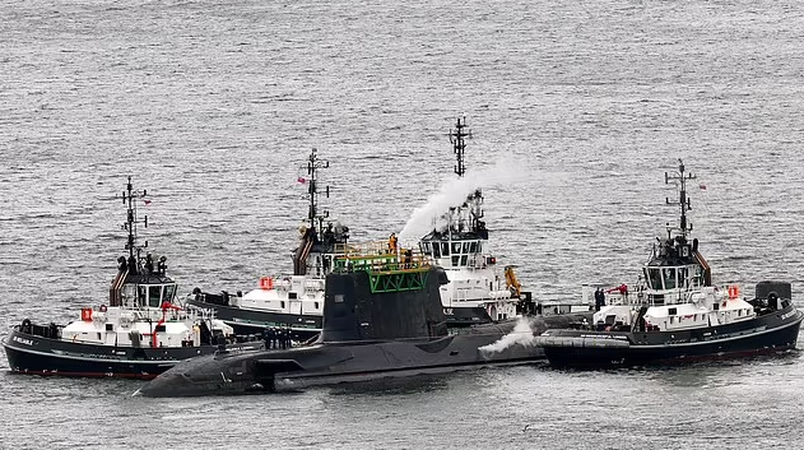
More submarines, soldiers and drones, along with an air-to-air nuclear strike capability and the exploration of technologies such as lasers, artificial intelligence and robotics, are among the proposals in the UK's Strategic Defence Review.
This ambition relies on the exploitation of new technologies and weapons systems, particularly drones. Just a few months ago, the Chief of the Defence Staff, Admiral Sir Tony Radakin, said that the ambition was to double mortality by 2027 and triple it by 2030.
The new Archer artillery system, the delayed introduction of the Ajax vehicle and the Challenger 3 tanks will increase lethality… but to what extent?
Britain's nuclear force has long been in need of recapitalisation. £15 billion will be spent on upgrading or replacing these weapons.
There will also be a significant infrastructure upgrade at the Aldermaston Nuclear Weapons Station, supporting more than 9,000 jobs in Berkshire.
The still-unfulfilled promise to develop up to 12 new attack submarines has been welcomed by military observers, but the first of them is not expected to enter service before the late 2030s.
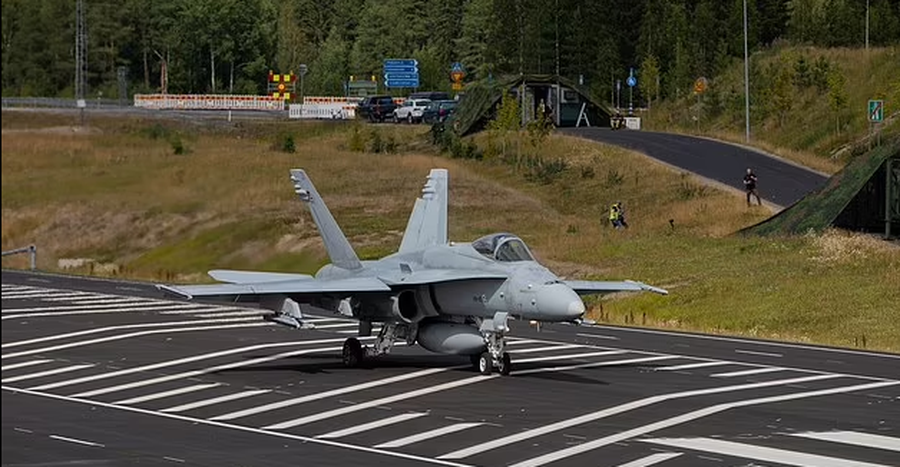
The submarines will support the AUKUS security alliance between the United Kingdom, Australia and the United States and will be used to defend the Pacific from Chinese aggression.
Over the next few decades, the ships will replace the Royal Navy's current fleet of seven Astute-class submarines. They will be built at key sites such as BAE in Barrow-in-Furness.
The SDR proposes at least six factories that produce munitions, such as explosives and propellants for weapons.
The SDR recommends the creation of an “always-on” ammunition production capacity in the UK, allowing production to be rapidly scaled up if necessary.
Britain's military warehouses are empty after Ukraine was provided with £5 billion in weapons and ammunition since the start of the conflict in 2022. The program will create more than 1,000 skilled jobs, according to the SDR.
£4 billion expansion of drone force
The government has unveiled a £4bn investment package for drones and autonomous systems. Drones are dominating the conflict in Ukraine and Russia, following the audacious Ukrainian attack on Russian airfields in Siberia just days ago.
They offer proven lethality at minimal financial cost and would save the lives of British troops because they are not forced to engage the enemy at close range.
Low-cost drones could be effective against billions of pounds worth of “legacy” military systems and are needed to protect and reinforce the UK’s manned military systems, such as aircraft, helicopters and armoured vehicles.
Britain is considering the possibility of returning air-launched nuclear weapons, in cooperation with the United States. The American F-35A Lightning II aircraft is capable of carrying tactical gravity nuclear bombs.
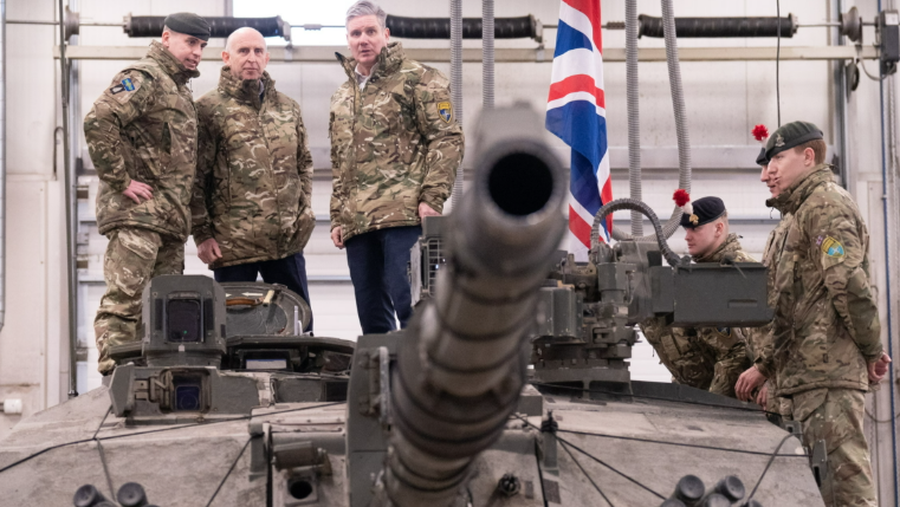
The proposal marks the most significant change in the UK's nuclear posture since the Cold War. Currently, the country's nuclear deterrent is maintained by the Royal Navy's 'bomber' submarines.
Air-launched nuclear weapons would carry a much smaller payload. The lower-yield B61 munitions are already integrated into US aircraft stationed in continental Europe and could be brought to Britain.
At least 7,000 long-range weapons will also be produced to replenish the UK's military stockpiles and prepare for a prolonged conflict against an enemy like Russia.
Defence chiefs will work with the Department for Education to develop understanding of the Armed Forces among young people in schools, through a two-year series of public events across the UK, explaining current threats and future trends.
Community-based schools and cadet forces will also be expanded, with an ambition of a 30% increase by 2030 with the aim of the UK having 250,000 cadets, many of whom will go on to join the armed forces.
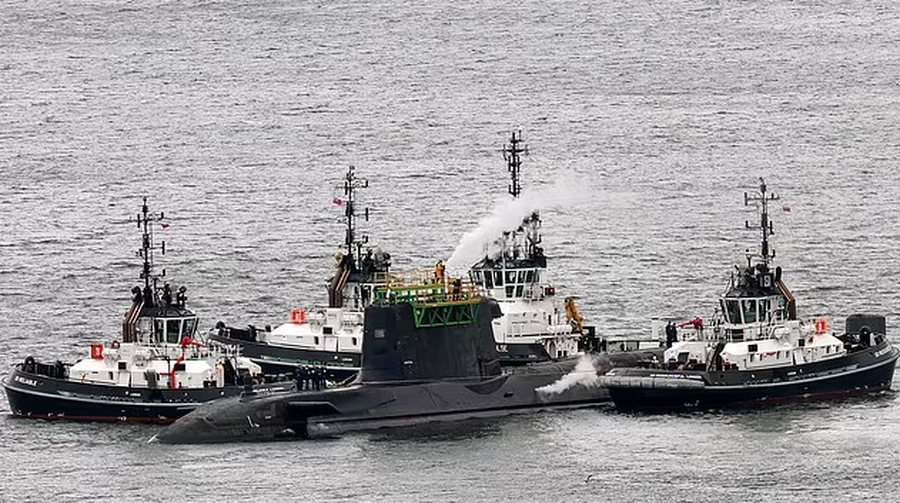
To meet the challenge of engaging in a protracted conflict, the report identified the need to increase the number of reservists. These part-time personnel, many of whom are former regular soldiers with operational experience, would join full-time troops on the front lines.
The United Kingdom has around 25,000 Army reservists, 3,500 Royal Navy and Royal Marines reservists and 3,200 Royal Air Force (RAF) reservists. (A2 Televizion)

